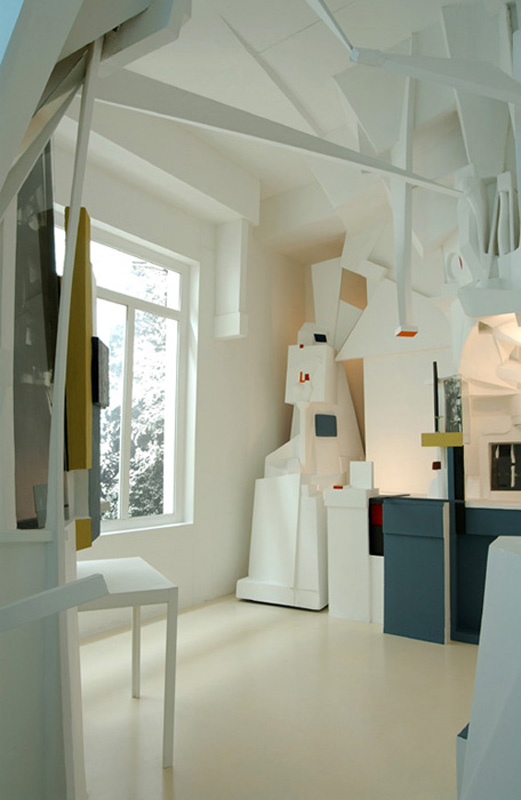
Kurt Schwitters Reconstructions of the Merzbau Tate
8.6K views 9 years ago. Schwitters applied the term Merz throughout his career and to every aspect of his work. In the early 1920s he began building an abstract sculptural interior environment.

Pin on Museums
Kurt Schwitters' Merzbau, which took shape in Hannover, Germany, between 1923 and 1936, is one of the most problematical artworks of the 20th century. This dissertation examines numerous original sources relating to the Hannover Merzbau and its successors in Norway and England and concludes that the Merzbauten were, in effect, all works of exile.

Kurt Schwitters’s Merzbau Textbook
Photo by Wilhelm Redemann, 1933. Schwitters worked on the Hanover Merzbau from around 1923 until 1937, when he fled to Norway to escape the threat of Nazi Germany. Sadly, in 1943, while he was in exile, it was destroyed in an Allied bombing raid. The original Merzbau was gone forever.
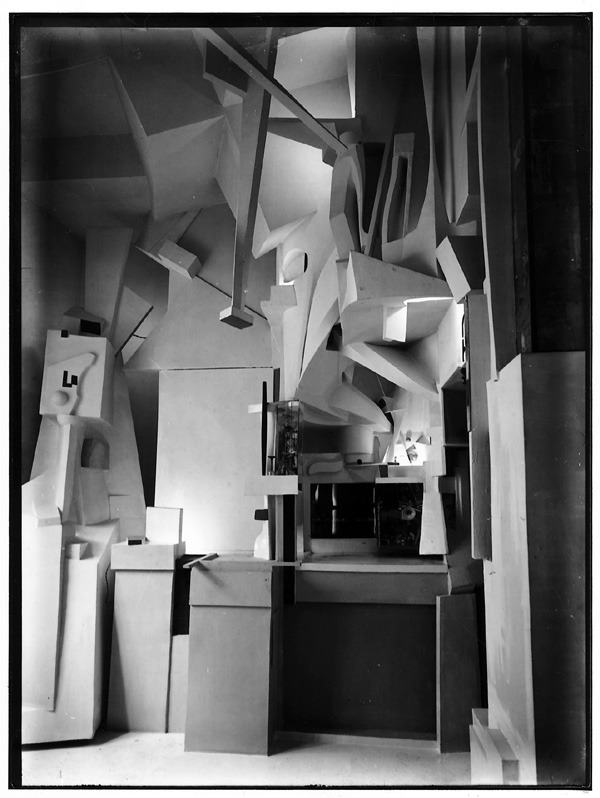
Alegoría — merzbau Kurt Schwitters Merzbau, 1933.
Die begehbare Installation "Merzbau" spielt im Werk von Kurt Schwitters eine zentrale Rolle. Sein Sohn Ernst Schwitters erzählt 2012 über dessen Lebensprojekt.
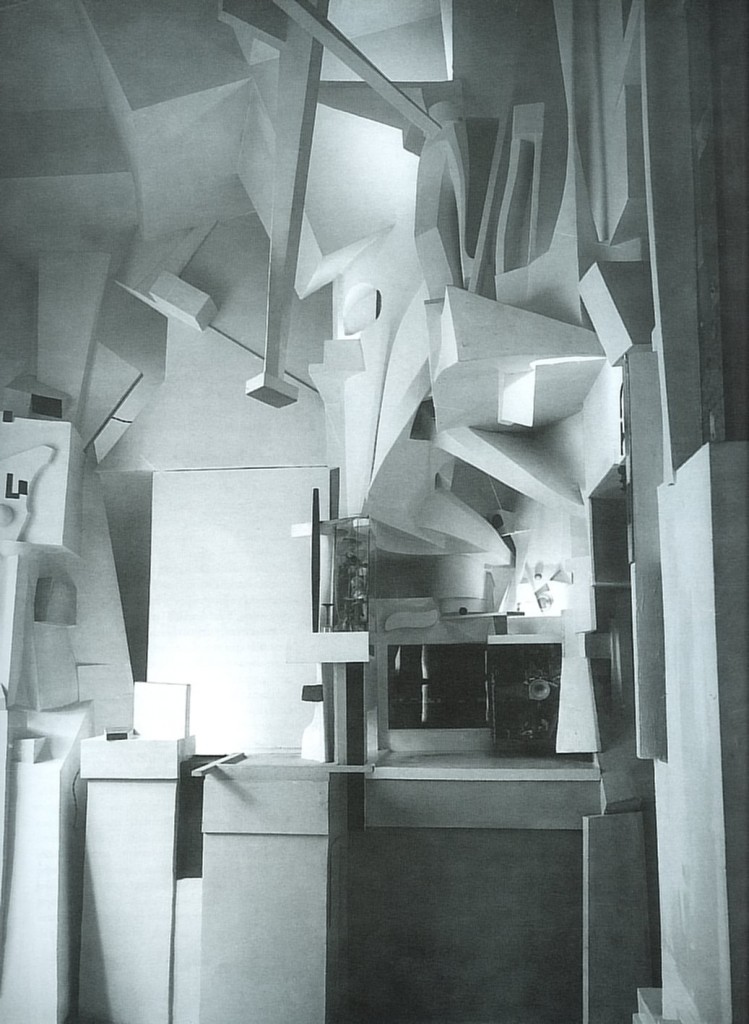
Merzbau IDIS
Der MERZbau entstand in den Jahren 1920 bis 1936 in der Wohnung von Kurt Schwitters; Waldhausenstrasse 5A, Hannover; er begann in seinem Atelier, und wucherte im Laufe der Jahre, bis zum Wegzug Kurt Schwitters nach Norwegen im 1936, in die benachbarten Räume der Wohnung, in die Wohnung zwei Stockwerke darüber, auf die Veranda, in den darunterlie.

Kurt Schwitters WideWalls
One of the most important art works and myths in modern art, the inspiration for many installation artists, and still one of the most well known and published works by Kurt Schwitters (1887-1948), the Merzbau, in fact, no longer exists. It was destroyed in a British air raid in October 1943 in Hannover.
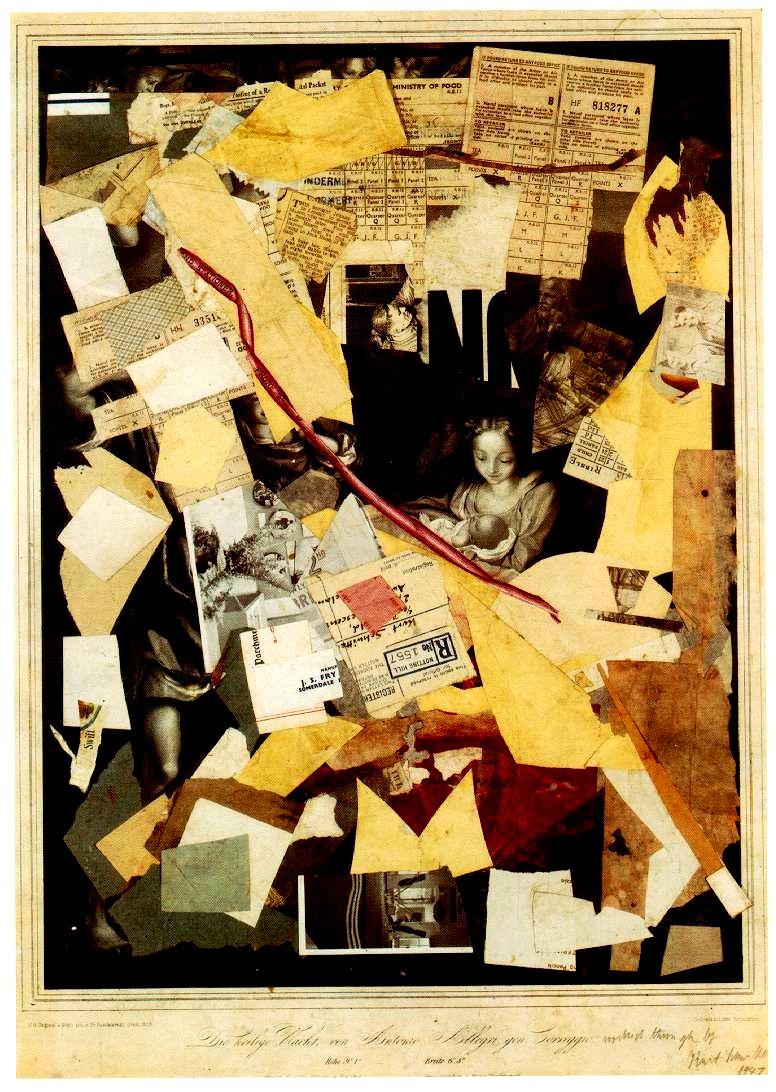
LA VILLE DES ARCHITECTES Kurt Schwitters Merzbau
Karin Orchard. One of the most important art works and myths in modern art, the inspiration for many installation artists, and still one of the most well known and published works by Kurt Schwitters (1887-1948), the Merzbau, in fact, no longer exists. It was destroyed in a British air raid in October 1943 in Hannover.
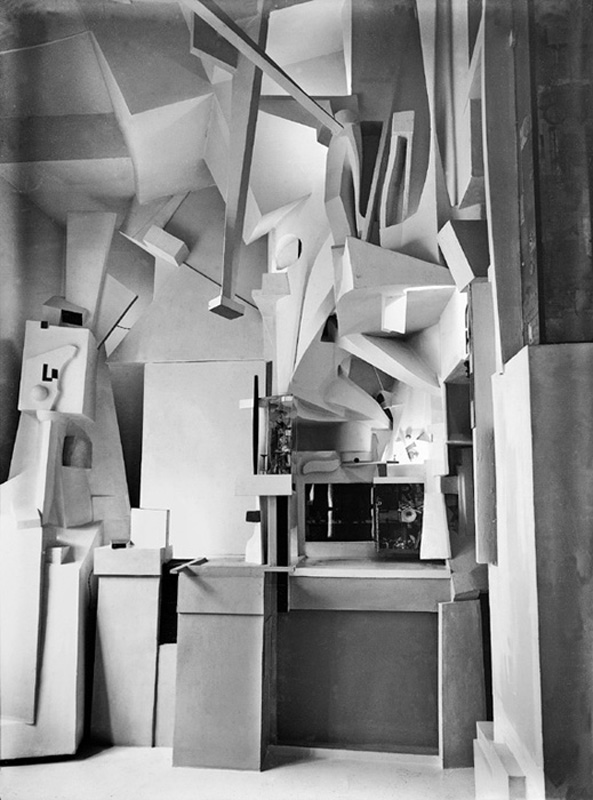
Kurt Schwitters Reconstructions of the Merzbau Tate
"Merz"-Kunst: Werke von Kurt Schwitters Stand: 24.11.2022 | 08:52 Uhr | NDR Kultur - Das Journal 1 | 9 In seinen Bildern hat Schwitters oft Mischtechniken eingesetzt - wie bei diesem "Ohne.

Merzbau In 1923 Kurt Schwitters
The term Merz was Schwitters's invention. Partly derived from the German word Kommerz (commerce), it designated his collage process. In his Hannover home, which he called the Merzbau (Merz-building), the idea became architectural: it is an abstract, walk-in collage environment, a repository for memory and matter.

Images of the Kurt Schwitters Merzbau
Der Merzbau in Hannover wurde 1943 mit Schwitters' Haus bei einem Luftangriff auf Hannover von einer Brandbombe zerstört, heute ist nur noch eine Rekonstruktion im Sprengel-Museum Hannover zu besichtigen.
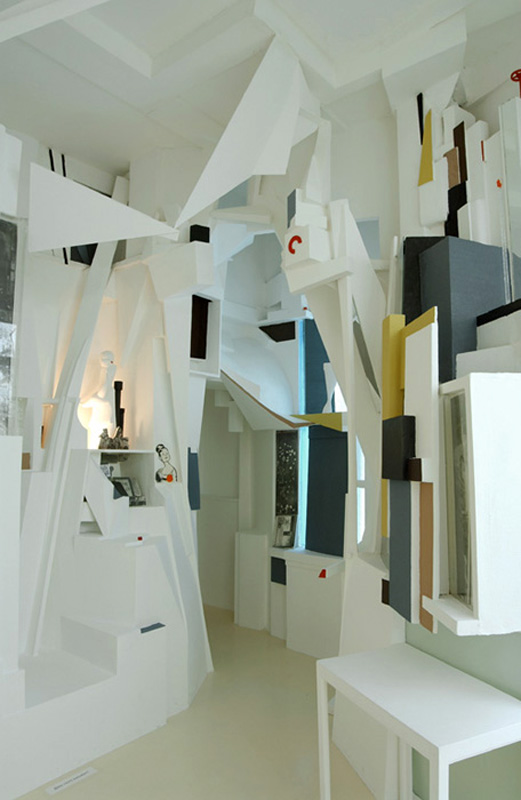
Kurt Schwitters Reconstructions of the Merzbau Tate
Mohamed is deeply shaken when his oldest son Malik returns home after a long journey with a mysterious new wife. 'Merzbau' was created in 1937 by Kurt Schwitters in Dada style. Find more prominent pieces of installation at Wikiart.org - best visual art database.
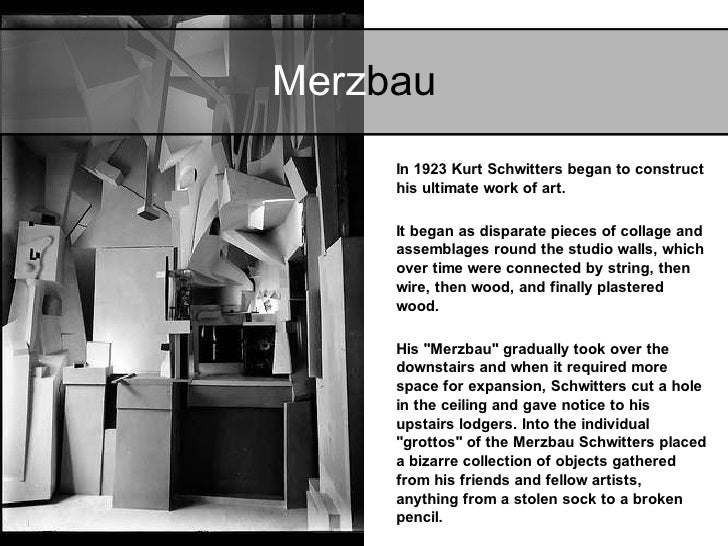
Merzbau In 1923 Kurt Schwitters
Merzbau nannte der Dichter und bildende Künstler Kurt Schwitters das raumfüllende Kunstwerk, das er vermutlich 1923 in seiner Wohnung in Hannover zu errichten begann.
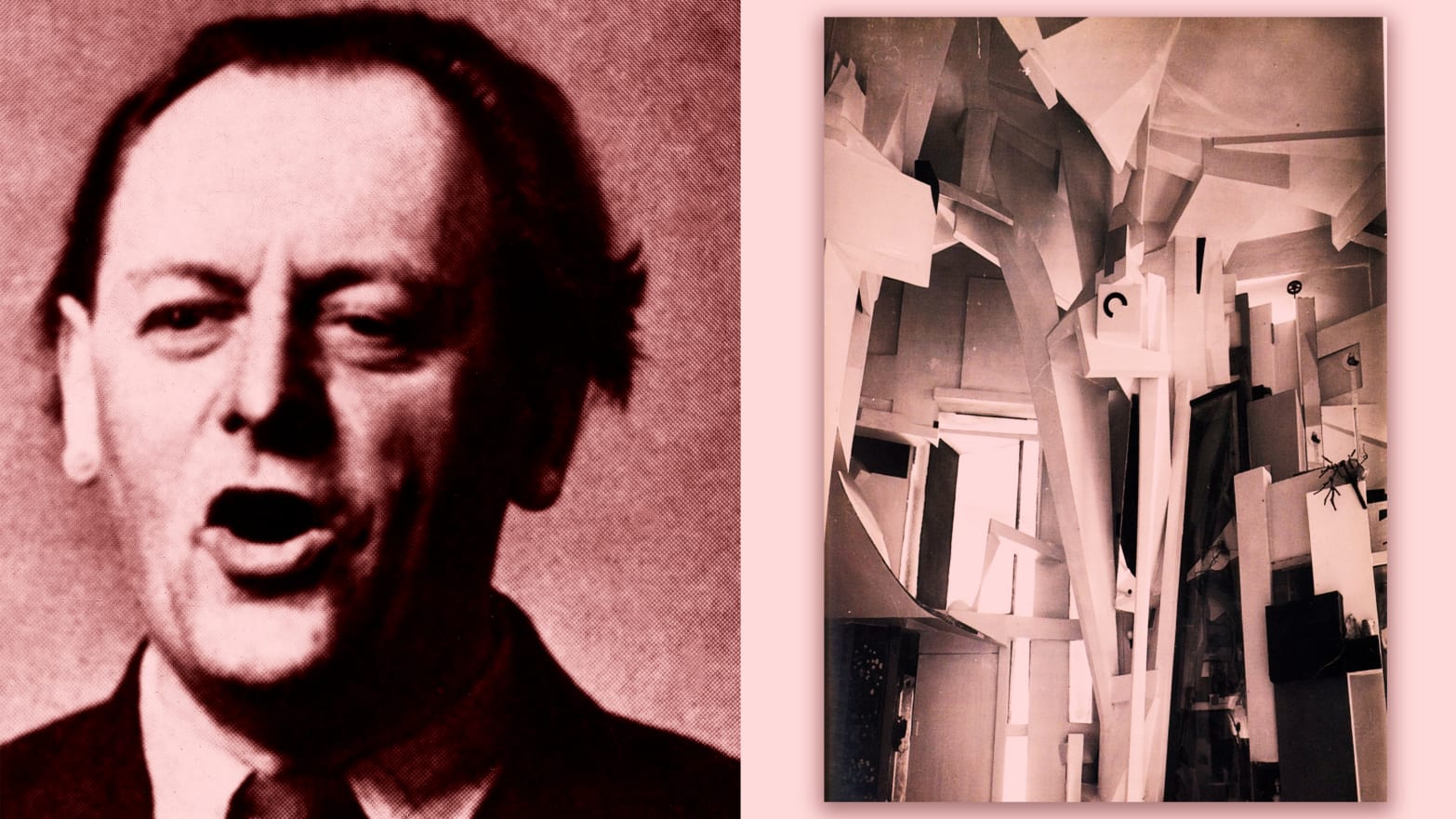
The Nazis Called Kurt Schwitters a ‘Degenerate’ Artist. His ‘Merzbau
In Norwegen beginnt er den zweiten Merzbau in Lysaker. 1951 wird dieser durch einen Brand zerstört. 1947 beginnt er mit dem dritten und letzten Merzbau, diesmal in England. Dieses Werk kann er nicht mehr vor seinem Lebensende fertigstellen. Womit er jedoch begann ist heute noch erhalten.

LA VILLE DES ARCHITECTES Kurt Schwitters Merzbau
Die Merzkunst ist abstrakt und zeichnet sich durch das Verfahren der Montage aus. In der Zeitschriftenreihe „Merz", einem Kristallisationspunkt von Schwitters' Schaffen, spiegeln sich inhaltlich wie strukturell die künstlerischen Interessen und Verfahrensweisen wider.
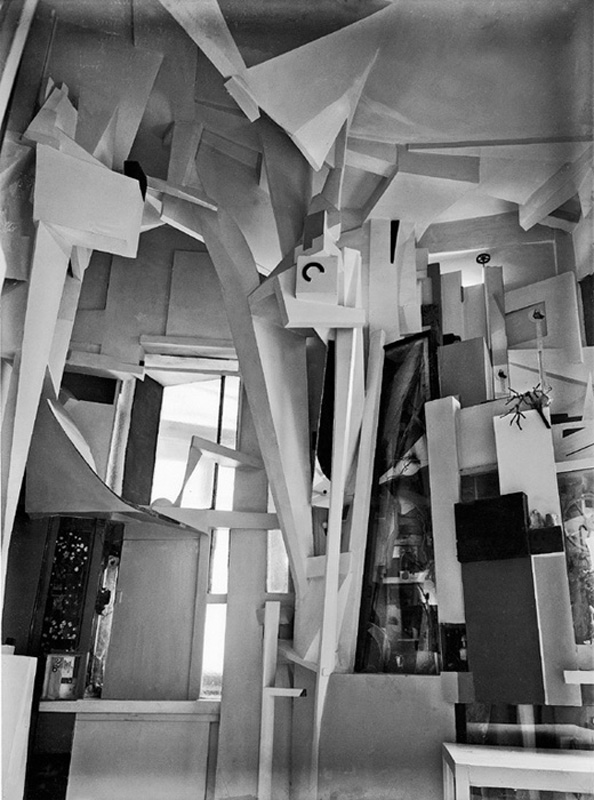
Kurt Schwitters Reconstructions of the Merzbau Tate
Skurril, anarchistisch und unberechenbar: Der hannoversche Künstler, Dichter und Aktionist Kurt Schwitters gilt als Schöpfer der "Merz-Kunst". Am 8. Januar 1948 starb der Dadaist in Nordengland.

Dada et dadaisme Kurt Schwitters
Despite being largely bedridden from 1946 to 1947, Schwitters began construction of a new, third, Merzbau in England (directing others on the physical work) with financial support from the Museum of Modern Art in New York. He died on January 8, 1948 before it was completed.